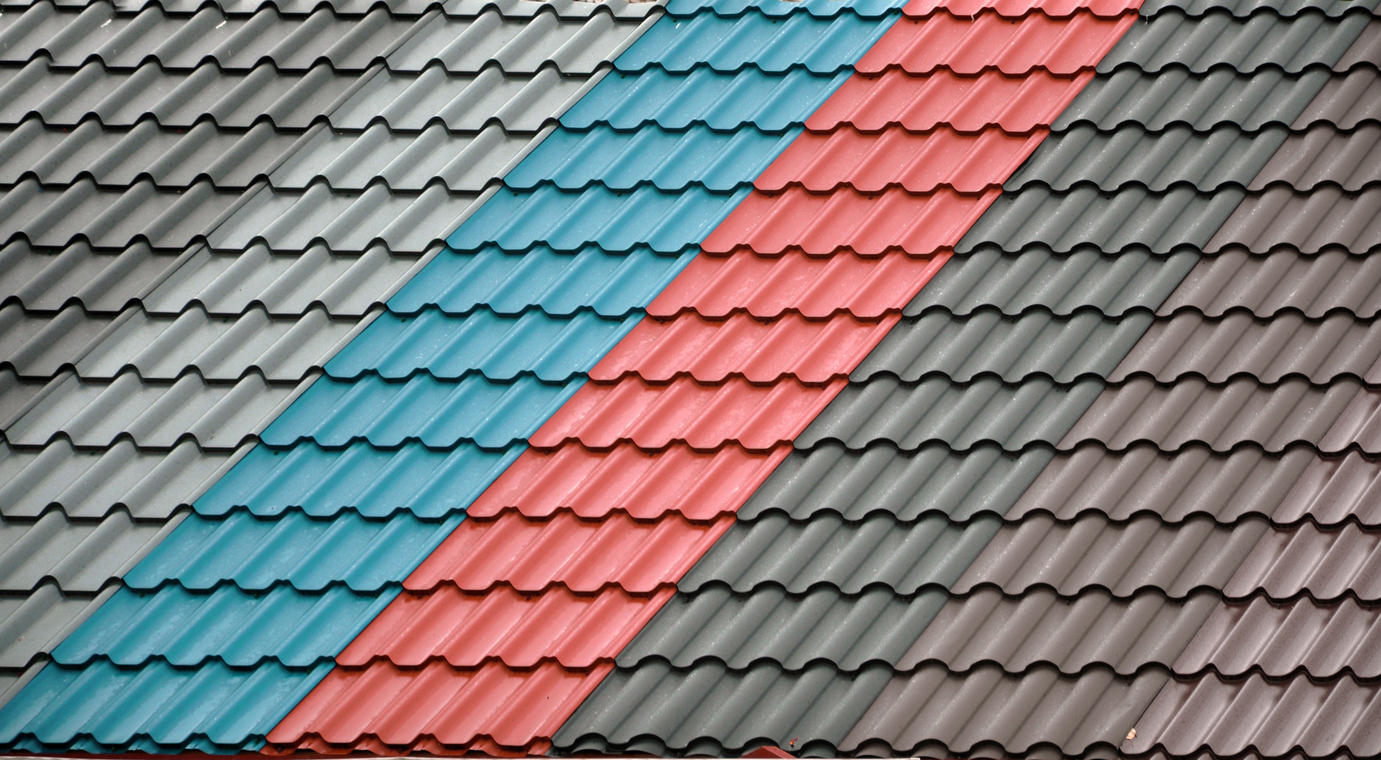
A new roof or replacing old
A roof is no small investment, so whether you are building a new one or replacing an old roof, you want it to last as long as possible. Of course, there are many factors that contribute to how long your roof will last. Some of these are outside your control, such as the weather and environment where you live.
A roof regularly exposed to extreme temperatures or severe weather conditions will not last as long as one in a more temperate area. Industrial pollution can also harm roofing materials.
But there are things that you can control when it comes to roof longevity, and these include:
A roof regularly exposed to extreme temperatures or severe weather conditions will not last as long as one in a more temperate area. Industrial pollution can also harm roofing materials.
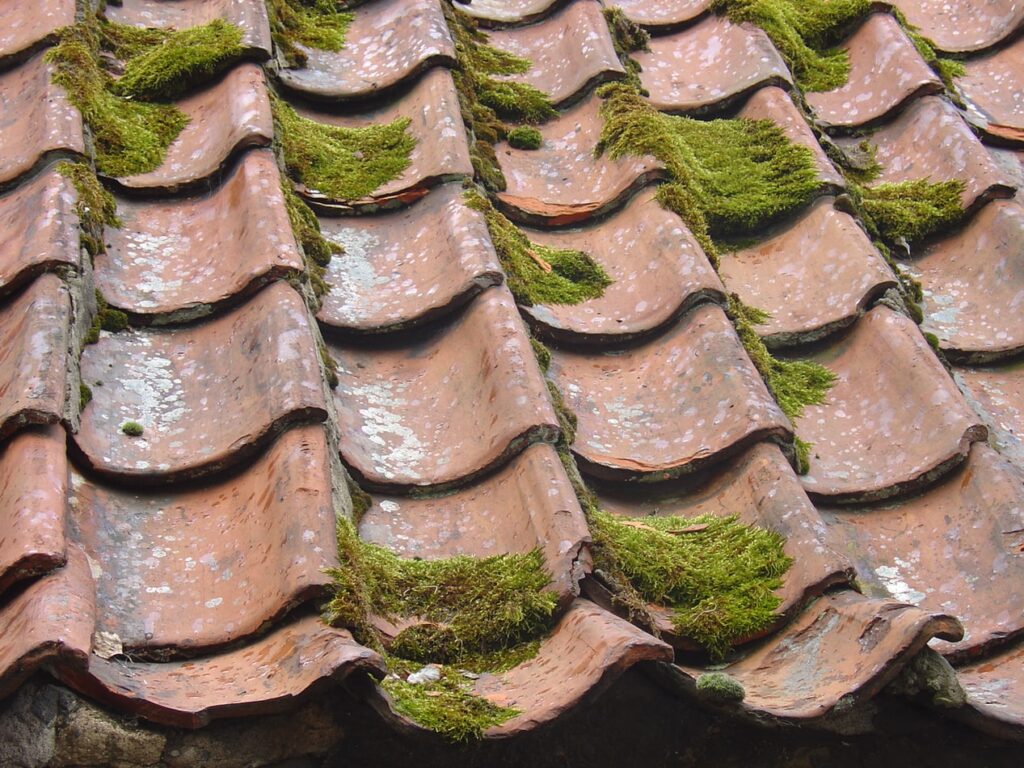
But there are things that you can control when it comes to roof longevity, and these include:
Roof design
First, consider the design of your roof. The more complex the design, with features like multiple slopes, valleys, or dormers, the greater the likelihood of potential issues arising. Each additional element introduces more opportunities for water to collect or for structural weaknesses to develop.
Simpler designs often reduce the risk of damage, making your roof easier to maintain over time. The more elements on a roof, the greater the possibility of damage.
Construction
The quality of construction is critical. A well-constructed roof is essential for keeping your family safe, warm, and dry for years. The quality of workmanship directly impacts the durability and reliability of your roof. Therefore, choosing a reputable roofing contractor with a proven track record of excellence is vital.
Investing in high-quality construction upfront can prevent costly repairs and significantly extend your roof’s life.
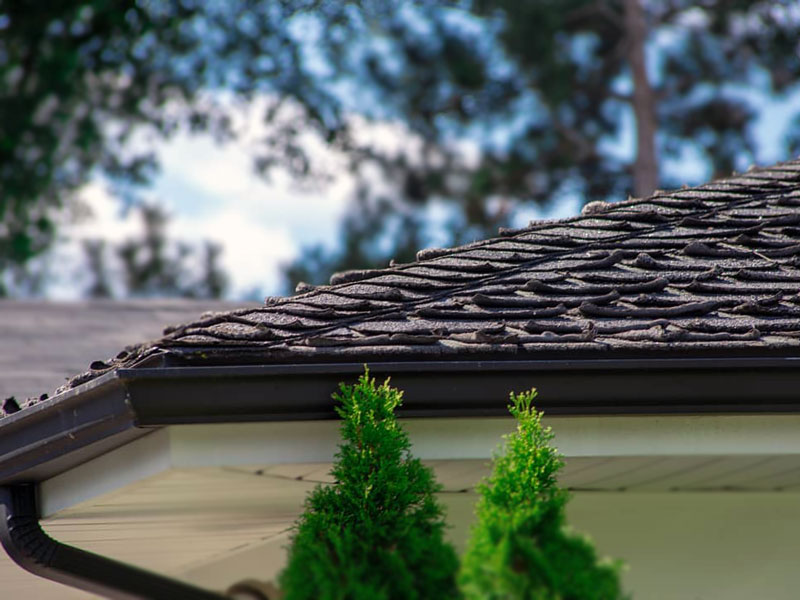
Roof maintenance
Maintenance, and regular check-ups will add decades to its lifespan.
Last but not least, our topic for today is materials.
Longest lasting roofing material
TheNAHB (National Association of Home Builders) rates slate as by far the longest lasting roof material, with a life expectancy of 150+ years, followed closely by clay and concrete at roughly 100 years. This would seem to make them the ideal choice if you’re planning a home to last for generations, but there are drawbacks to these materials that you will need to consider:
First, there’s the cost. These are premium materials, and they come at premium prices. With such a long life expectancy, they’ll provide long-term value for money, but the initial outlay is exceptionally high.
Another problem is weight. All these materials are heavier than the alternatives and require very strong support, adding to the construction cost. This is particularly true for the durable roofing material – slate, which is, after all, solid stone.
Finally, there are aesthetic considerations. With clay tiles and concrete, your choice of color and appearance are very limited. With slate, it’s reduced to choosing between shades of grey. This can look elegant on a suitable building in the right setting but would look incredibly out-of-place on most suburban homes.
Clay, concrete, and slate are the most durable roofing materials, and longest lasting roof materials, but they might not be right for you.
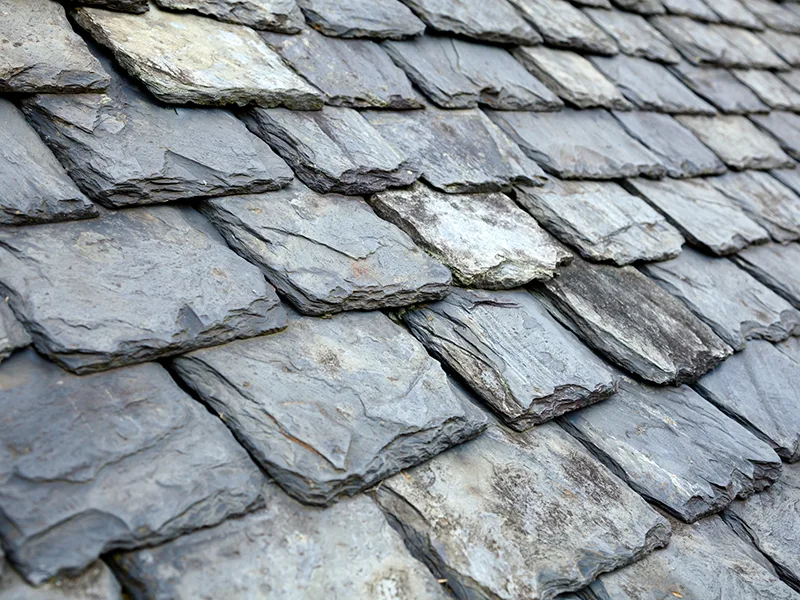
The next question on your mind is: How long will alternative roofing materials last?
This is what the NAHB has to say about the other options available:
Asphalt shingles
Asphalt shingles are the most common roofing material in the U.S. on residential structures. The life expectancy of this roof material can be 10 to 20 years, although products that have come on the market in recent years claim a life expectancy of up to 50 years. This, however, remains to be seen.
Asphalt shingles are the most common roofing material and affordable option. They offer a variety of styles and colors. Asphalt shingles are generally durable but have a shorter lifespan than other materials.
Architectural Asphalt shingles
Higher-quality asphalt shingles combine many layers of roofing materials such as fiberglass, minerals, tar, and asphalt. Compared to asphalt roofs, architectural shingles are viewed by consumers as more aesthetically pleasing and designed to look beautiful in various house styles.
Asphalt shingles or architectural shingles have an average lifespan of 30 years, have warranties of up to 50 years, are better suited for high winds, and are more resistant to fire. They are also low-cost compared to wood shingle roofs or slate roofing.
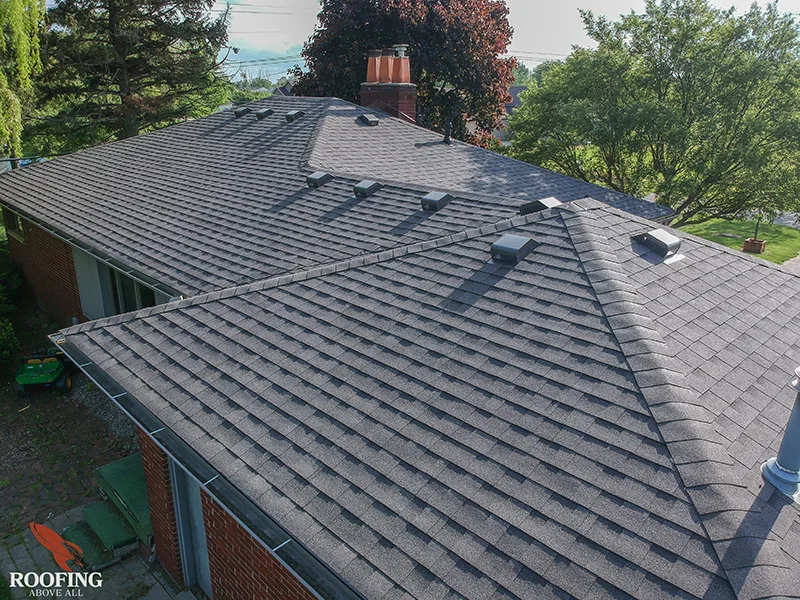
Wood shingles and shakes
Wood shingles provide a natural, rustic appearance. A wood shingle roof can require high maintenance and be a fire hazard. With the proper care and attention, wood roofing should last 30 years.
Wood shingle roofs have been a popular roofing material for centuries, and are known to enhance many home styles. Wood shingles and wood shakes offer benefits like natural beauty, additional insulation, durability, and sustainability. However, wood roofing can be expensive and have a variable lifespan depending on several factors. Cedar, redwood, and pine are standard wood shingles, each with its own qualities. Before choosing wood shingles, it’s essential to consider these factors and consult with a roofing professional to ensure they’re the suitable roofing material for your budget, style, and home.
Metal roofs
Metal roofing has been trending up in popularity. One of the main reasons why metal roofing is becoming more popular is that it is expected to last 40 to 80 years. Metal roofs are known for their durability, energy efficiency, and low maintenance. They come in various types (steel, aluminum, copper) and can be more expensive but last for decades or even a century. Copper roofs are one of the most common roofing materials.
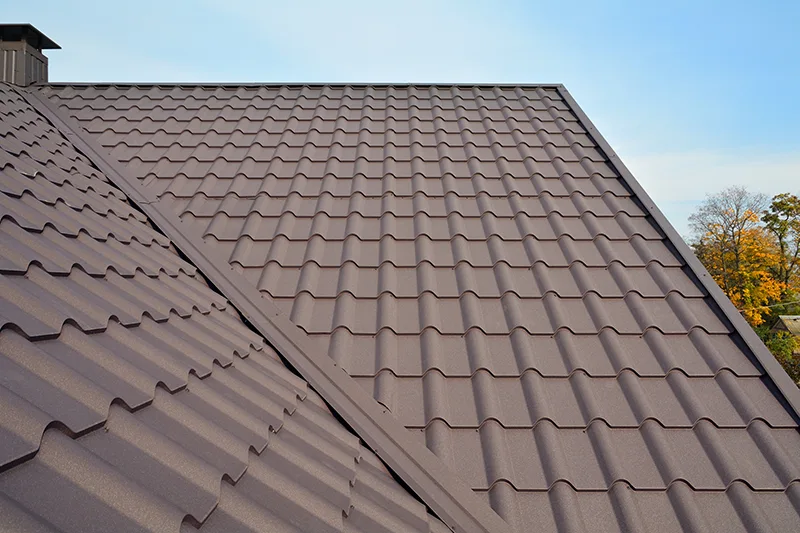
Standing seam metal roofing material
Standing seam metal roofing is durable, long-lasting, and visually appealing for homeowners. It features distinctive vertical seams that enhance strength and allow for natural expansion and contraction due to temperature changes. Metal roofs are known for their exceptional durability, often lasting decades and withstanding fire, hail, and other weather conditions. They also reflect sunlight, reducing cooling costs and requiring minimal maintenance.
There are several types of metal roofing materials, including steel, which is strong and affordable; aluminum, which is lightweight and corrosion-resistant; copper, known for its beauty and longevity; and zinc, which develops a natural patina over time.
Of course, proper installation is crucial for the performance and longevity of standing seam metal roofs, and adequate ventilation is necessary to prevent moisture buildup. This type of roofing can significantly enhance your home’s value and appearance, so it’s essential to consult a qualified roofing professional to meet your specific needs and budget.
Tile Roofing materials
Made from clay or concrete, tile roofs offer a classic, elegant look and are highly durable. Clay tiles look good and can withstand fire and keep a home cool when the weather is hot and warm not so much. A clay tile roof can handle other risks, such as wind and hail. However, replacing a roof surface with clay tile roofing and concrete tiles can be heavy and expensive.
Concrete tiles offer a durable and long-lasting roofing option. They are made from a mixture of cement, sand, and water and are often reinforced with fiberglass for added strength. Concrete tiles are available in various colors and styles, allowing you to choose a look that complements your home’s architecture. They can last for decades, making them a long-term investment. Clay tile roof and concrete tiles can last 50-100+ years.
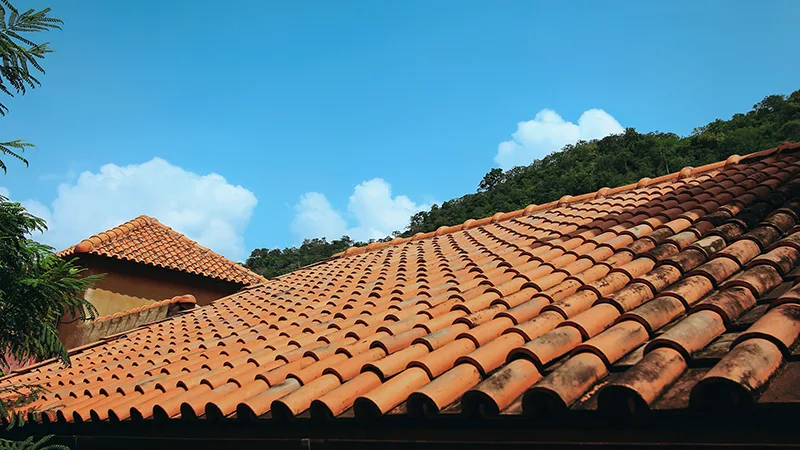
Emerging Materials
Newer options like synthetic roofing and solar shingles offer unique benefits like sustainability and energy efficiency.
Of course, these are only rough estimates, and, as stated before, many factors can influence roofs. The best thing to do when choosing your roofing materials is to consult with your contractor about what is most appropriate for your situation and budget.

Factors That Can Affect Roof’s Lifespan
Several factors can influence the lifespan of your roof.
The climate
The climate in your area plays a significant role; extreme weather conditions, such as hot summers, cold winters, heavy rain, and strong winds, like those we experience in Michigan, can accelerate the wear and tear of your roof.
Installation and maintenance
Proper installation is also crucial, as a well-installed roof acts like a strong foundation, ensuring it remains durable for many years. Regular maintenance is essential, much like taking care of your teeth. Cleaning the roof, fixing leaks, and performing routine inspections can significantly extend its life.
Age of the roof
Additionally, the roof’s age is essential—no matter how well you care for it, every roof will eventually age and require replacement. Adhering to local building codes and securing the necessary permits can further protect your roof and home.
Considering these factors and diligently maintaining your roof, you can enhance its longevity and save money on future repairs or replacements.
What can be done to improve the average lifespan of roofing materials?
Several factors influence the lifespan of your roof. The three main ones are the quality of materials used, the quality of installation, and how well it is maintained. You can do two things to make roof material last.
Conduct regular inspections
To extend the life of your roof, it is important to conduct regular inspections at least once a year and after severe weather events. Hiring a professional for a thorough evaluation can also be beneficial.
They help you spot potential leaks and damaged shingles early. A roofer can also identify whether the roof is installed correctly. This will allow for timely repairs that prevent further damage. Addressing minor problems through preventative maintenance can also avoid the need for costly repairs or replacements. Regular inspections increase your roof’s lifespan and give you peace of mind, knowing your home is protected.
Additionally, regular inspection documentation can be helpful when filing insurance claims. We cannot stress this enough: We recommend inspecting your roof at least once a year, especially before selling your home, as a well-maintained roof can boost its value.
Contact us at Roofing Above All if you need help inspecting your roof correctly.

Proper maintenance
It doesn’t matter if you have the longest-lasting roof material; proper maintenance is essential. This includes keeping the roof clean by removing debris and moss and applying sealants or coatings as the manufacturer recommends. Address any issues promptly, such as repairing leaks and replacing damaged shingles. These preventative measures maintain the integrity of your roof. It will be better prepared to withstand severe weather conditions. It is also crucial to check and repair flashing around chimneys and vents to prevent leaks.
In some cases, professional maintenance may be necessary, such as cleaning the roof or applying the specialized sealants mentioned above. Additionally, avoid walking on your roof to prevent damage, especially if the shingles or tiles are brittle or worn. Be mindful of environmental factors like overhanging tree branches, heavy snow, and ice dams, which can cause significant damage if not addressed promptly.
By following these tips and dealing with potential issues quickly, you can significantly extend the lifespan of your roof and protect your home from costly repairs.
Forever roof
Remember, even if you use the best roofing material, roofing material only lasts a while. At Ridgecon, we’ll help you choose the best for you and your family. Contact us today with your roofing inquiries; we’ll gladly help.